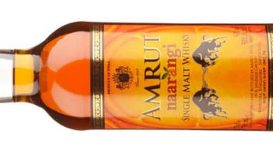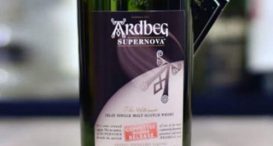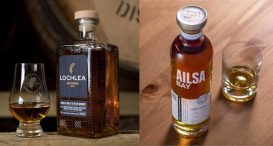Worm Tubs: Do they effect flavour?
let’s begin
Used to condense vapour into liquid spirit, worm tubs are a big part of traditional whisky making, but what effect do they have on flavour?
What is a worm tub?
Rather than being exactly what it sounds like (thank goodness), a worm tub is a wooden tub with copper pipes coiled around the inside. The pipes are submerged in cold water. Vapour is sent into the pipes, where it cools down and turns back into liquid and is removed as distillate.
Up until the 1880s, when shell and tube condensers were invented, worm tubs were used across the board to condense vapour. They were first used in Germany in 1540, so they have a long history in Europe of being used to make spirits.
They are commonly seen on the outside of still houses and there are a total of 15 distilleries that still use worm tubs to cool their vapour: Royal Lochnagar, Edradour, Speyburn, Glen Kinchie, Balmenich, Talisker, Benrinnes, Cragganmore, Dalwhinnie, Craigellachie, Glen Elgin, Springbank, Pulteney, Mortlach and Oban.
Does it effect the flavour?
Copper has a big effect on the final flavour of new make spirit as exposure to copper will remove certain compounds from the spirit. The surface of copper metal is very rough and it catches “heavier” compounds in its ridges and juts. This removes them from the final new make spirit that is produced.
So the copper pipes in the worm tubs have the same effect as copper stills have on flavour, by removing heavier compounds such as sulphur. This means that distillers need to factor in the time it takes for distillate to go through worm tubs as that will mean it is exposed to more copper. The effect it has is evident on the body of the spirit, which will lighten as it is exposed to copper for longer.
An interesting anecdote from the whisky world is that in 1986 Dalwhinnie Distillery removed their worm tubs and replaced them with shell and tube condensers. However, due to the change in exposure to the copper pipes, the distillate was heavier and more sulphury, changing the flavour of the finished whisky. The change was so significantly obvious that in 1995 Dalwhinnie removed the shell and tub condensers and once again used worm tubs.
So there you go, worm tubs do indeed effect the flavour of the final whisky, as the exposure to the copper pipes removes more compounds, including sulphur.
What are your thoughts on whisky making processes? Start the conversation in the comments!

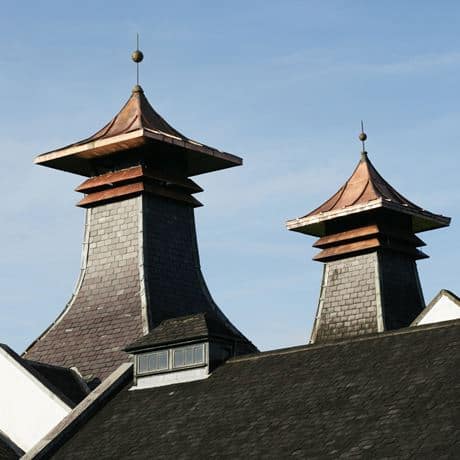


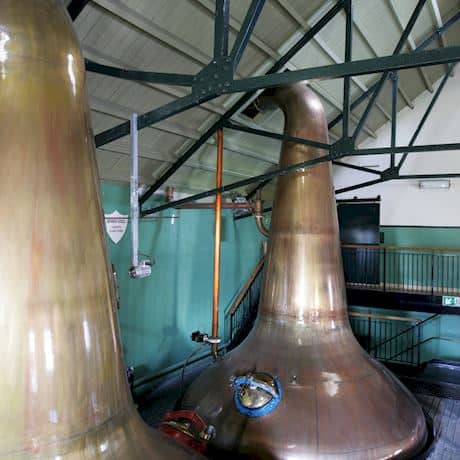
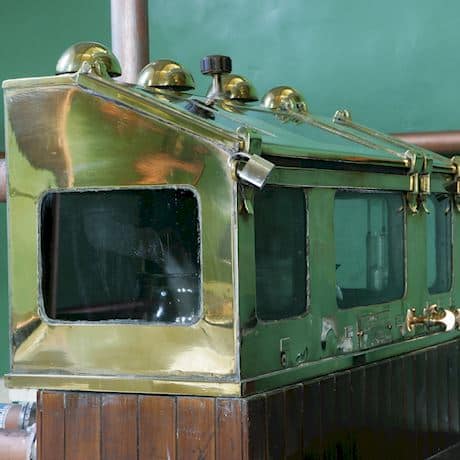
Greg
You might be interested in
More from the blog
Follow greatdrams
latest articles
Latest whisky
exclusively from GreatDrams
-
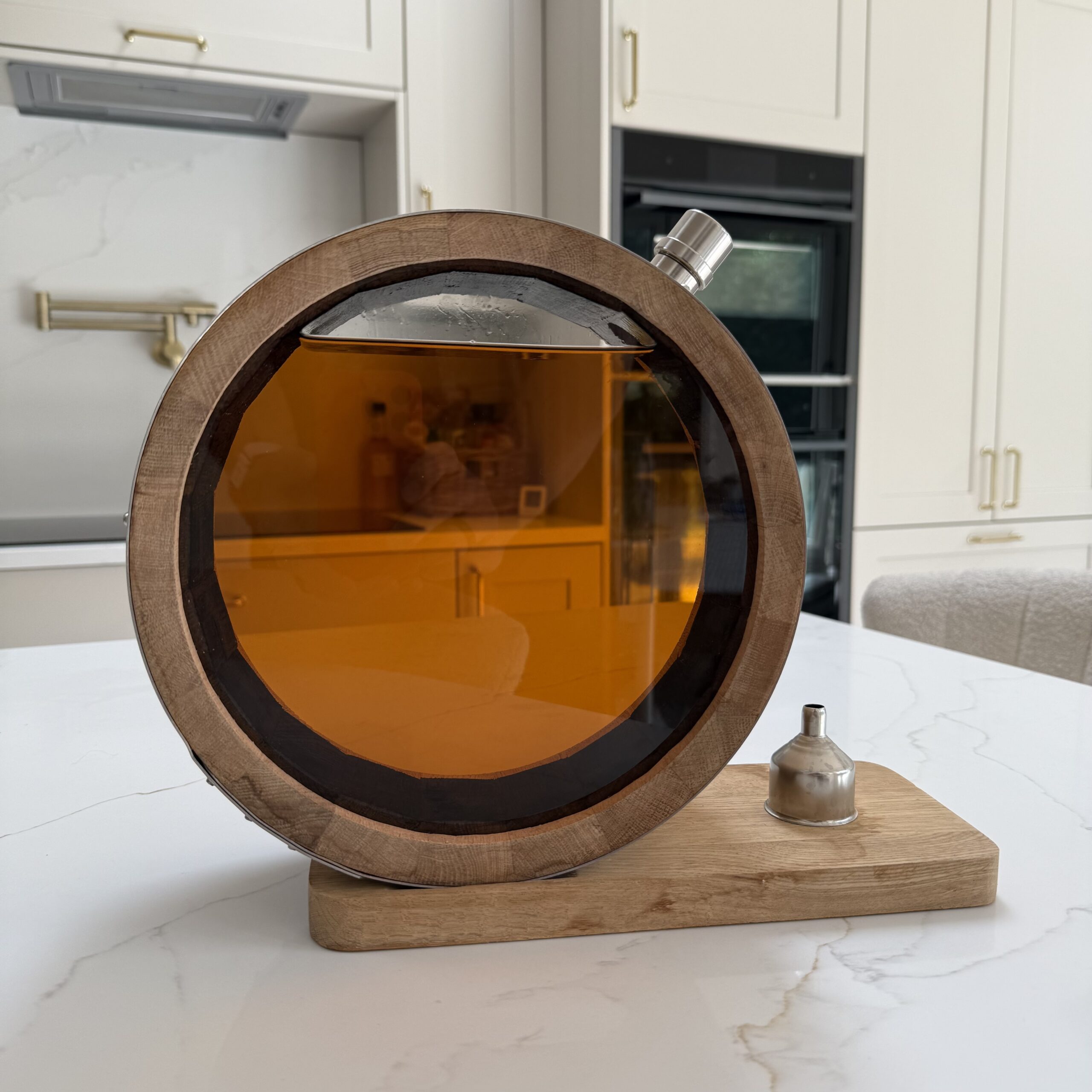
The GreatDrams Signature Barrel Decanter
£200.00 – £370.00



